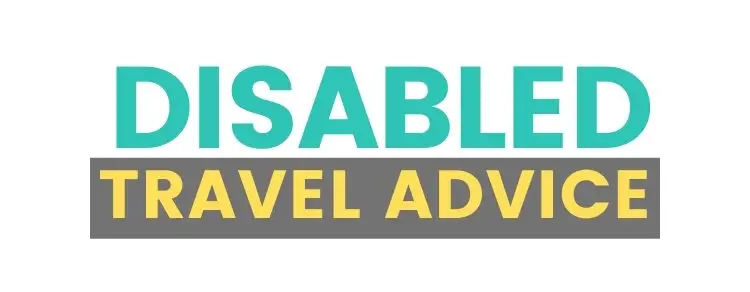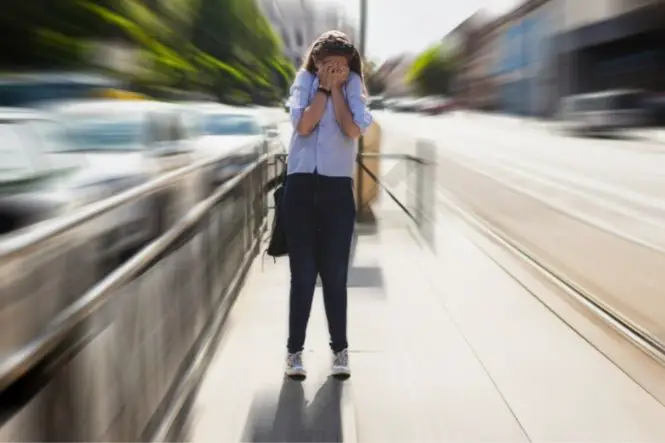Getting out and about when you have an anxiety disorder can be very difficult, often as direct result of problems with public transport. This is compounded by the fact that other people will generally be unaware of your problem and may not be very sympathetic. What can you do to enable yourself to travel and enjoy the same freedoms that other people do?
Preparing to Go Out
For many people, the hardest part of going out is summoning up the courage to do so in the first place. This affects people in different ways, so in order to deal with it you’ll have to look carefully at your past experiences. Do you usually cope better when you go out impulsively, before you’ve had time to get stressed about it; or when you plan your trip to minimise the possibility of things going wrong?
If you know you need to go out on a particular day but find that you get more and more stressed as the time approaches, it’s best to do it as early as possible. Going out early, as long as it’s before or after rush hour, also means that public transport will be less crowded. Reassure yourself with the thought that once you’ve made your trip it will be out of the way and you can relax.
If it helps to plan, a good thing to focus on is flexibility. Choose a route with lots of stops and think about alternative ways to get home if you find you can’t cope. You might also find it useful to consider other safe spaces, such as public toilets, where you can go quickly if you need time to deal with stress. Knowing you have escape routes will reduce stress and mean you’re much less likely to feel the need to escape once your journey begins.
Dealing with Phobias
Phobias about particular forms of public transport are not uncommon. They’re not always entirely unreasonable, because things do occasionally go wrong, so you shouldn’t be angry at yourself for feeling the way you do. That said, it’s extremely unlikely that anything will go wrong, and if your phobia is getting in the way of your life, you need to do something about it.
It’s easier to maintain a fear of something if you don’t interact with it very often. The more successful interactions you have, the easier you will find it to get things in proportion, emotionally as well as intellectually. Try taking short trips with friends who can look after you, or going to transport museums where you can explore vehicles when they’re not moving.
If public transport is difficult because you’re afraid of being hemmed in by people, try travelling at quieter times to gradually build up your tolerance. Don’t be shy about taking a seat at the front of the bus. They may be reserved for elderly and disabled people, but an anxiety disorder is a disability, and it’s no less serious because it’s psychiatric.
Dealing with Panic Attacks
If you experience a panic attack whilst using public transport, the best thing to do is to get out at the next stop. If you can use taxis, always keep enough money for one and keep a number in your mobile phone. Alternatively, if you can’t walk home, call a friend or family member and ask them to come and get you. Some people find that just walking a short way gets the panic under control, after which they can catch another bus or train.
An important thing to remember is that having a panic attack on public transport doesn’t mean it was triggered by that situation. Except where post traumatic stress disorder or severe phobia is involved, panic attacks are unlikely to be triggered by your surroundings. They are much more likely to happen due to internal factors like changes in your blood sugar. Don’t think that because you panicked there once you can’t ride a bus again.
Rush Hour
Travelling in rush hour is stressful for anyone and the best thing to do is to avoid it. If you can’t, it can help to think about ways of armouring yourself against the press of people. Some people find it easier if they wear big coats, even in summer. Others carry comfort objects, such as pressure toys that can be hidden in a pocket and squeezed to relieve anxiety. Staying close to an exit generally helps to minimise stress even though you can’t use it whilst the bus or train is in motion.
Travelling with an anxiety disorder is hard work and you should always take the time to congratulate yourself when you manage it. The good news is that, with practice, it will get easier, and you can go wherever you want.

